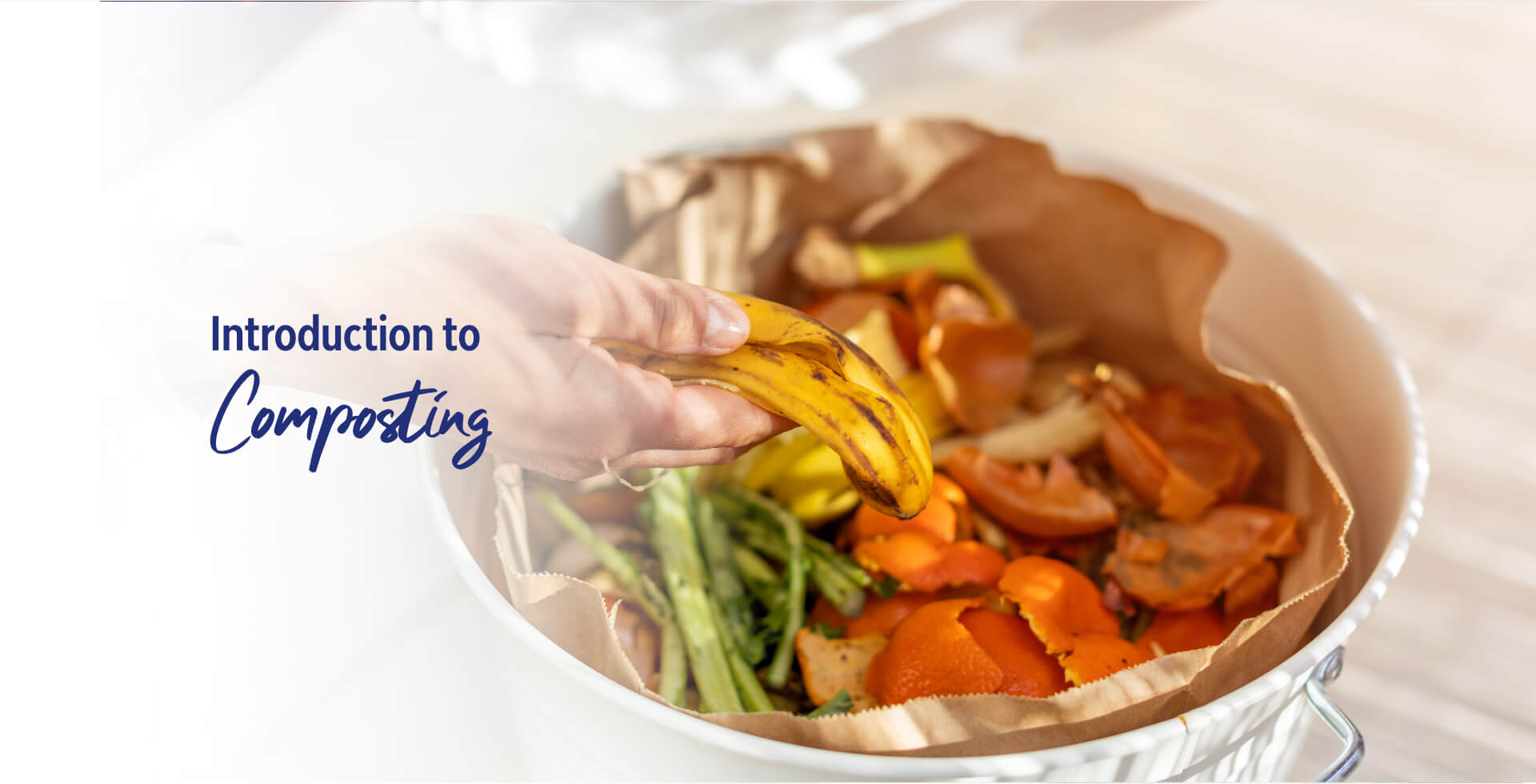
Composting 101
Being self-sustaining for your plants has never been easier. Composting – a process where organic materials are used to fertilize and help grow your plants – is one of the best and cost-saving ways to improve your garden soil.
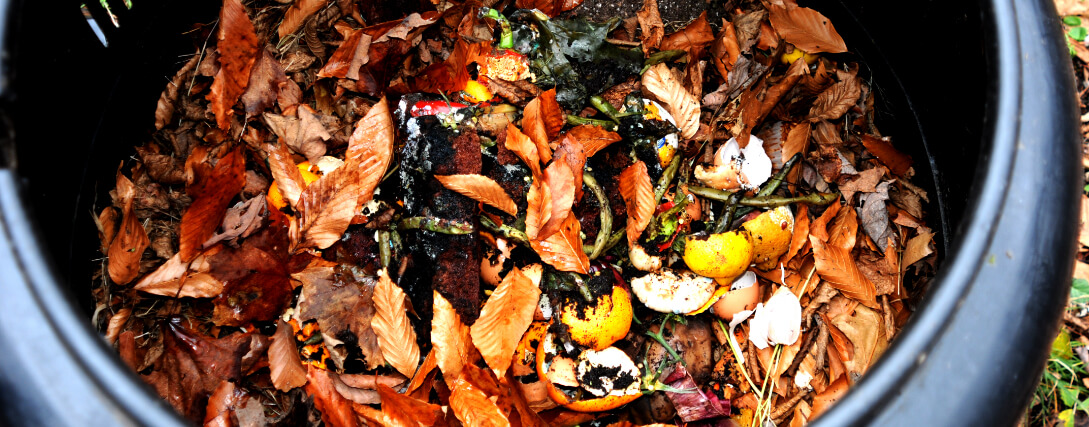
3 components is all you need
There are three components to composting – browns, greens, and water. Browns include the likes of dead leaves, branches, and twigs while greens include grass clippings, fruits and vegetable scraps and coffee grounds. It is advisable to have an equal amount of browns and greens to help balance out the composting process. Brown materials produce carbon while greens produce nitrogen. Moisture from the water will attract microorganisms that will help break up the materials.
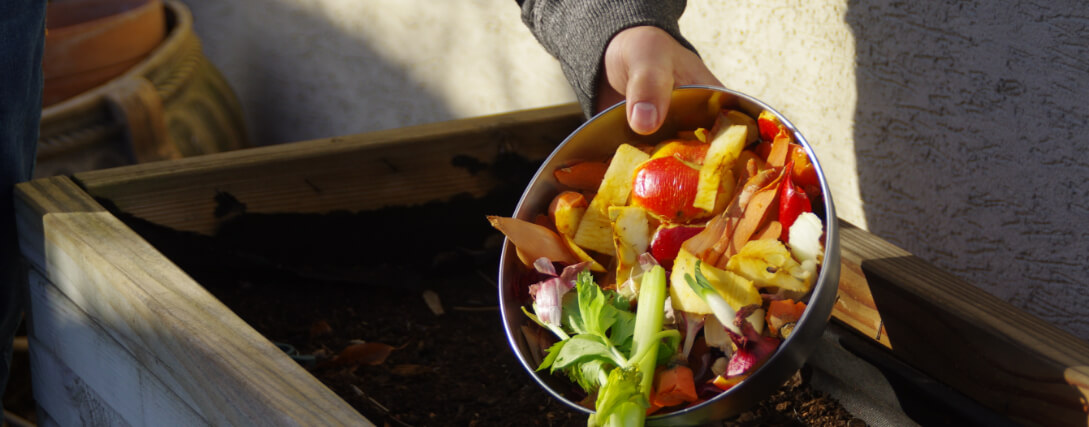
Easily found materials
Apart from soil improvement, composting helps to reduce food waste from the fridge as well. Got some leftover fruits and vegetables you can’t eat anymore? They are compostable! Other materials which can be easily found in your household includes coffee grounds, eggshells, and shredded newspapers. On the other hand, there are also materials which can’t be composted. Materials such as plants which are diseased; dog or cat excrement; dairy products; and those containing oil, grease, fats, or meat should not be mixed into your compost. These will affect the process and attract unwanted pests.
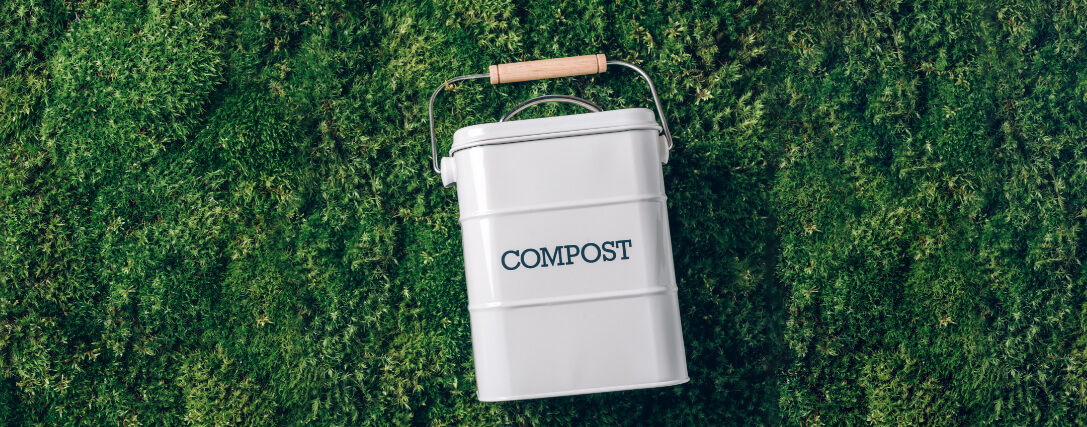
You can start composting anywhere!
The amount you can compost largely depends on the size of your garden if you stay in a landed property or in an apartment, it’s entirely up to you! If the smell isn’t an issue, you can just keep them in any container (reuse if you have any instead of buying news ones). Otherwise, it would be wise to invest in a pail with a lid to keep much of the smell from spreading. Puncture a few holes to allow oxygen to pass through. Adding some soil to your compost or purchasing some earthworms online will speed up the break down process.
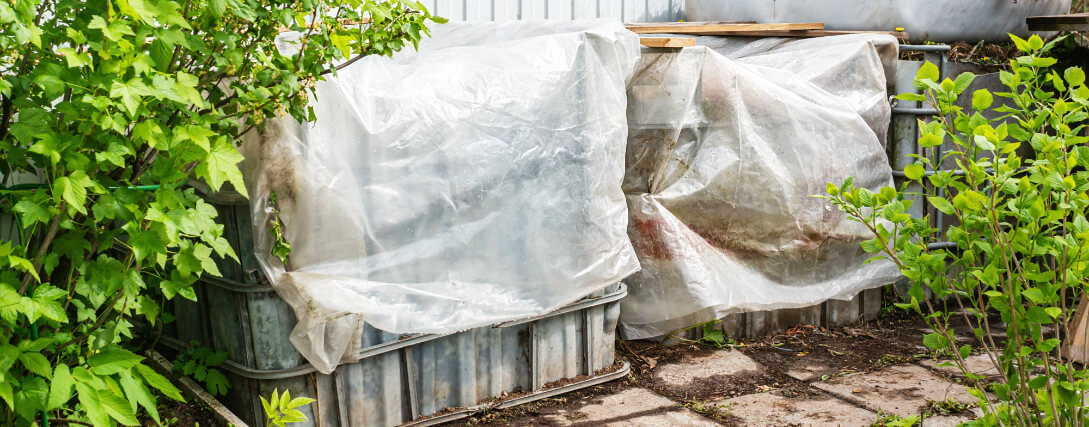
Hot and cold composting
There are two types of composting – cold and hot.

Cold or Anaerobic
Cold or anaerobic composting is the simplest but slowest method of composting. All you need is to do is gather the materials in your composting bin and let nature do its work. The materials will start to decompose after a several months. However, the most efficient way of this method is to directly bury food scraps in your garden. Keep in mind that some food scraps may attract unwanted pests which will dig it up and damage your garden.

Hot or Aerobic
Hot or aerobic composting on the other hand is a faster way to compost but requires more labour and monitoring. This method requires some labour of turning once in a while to ensure the materials are mixed well and exposed to enough oxygen. Your materials will compose faster especially in warm weather.
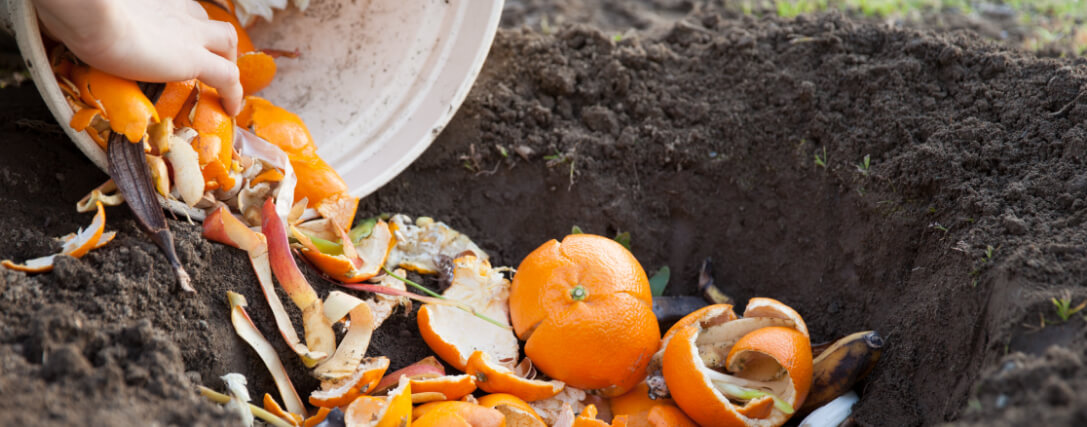
Just do it!
Depending on what type and materials you put into your compost and how thinly shredded they are, these will determine the speed of the composting process. Either way, the compiled materials will decompose eventually. Once you have enough for your garden, bury them into the soil. Rinse and repeat until you have covered for all your plants!

There is no right method of composting as these just depend on your lifestyle. Regardless, investing time and effort to compost is always a great treat for your garden and wallet. Finally, it also promotes a self-sustainable mindset and behaviour because composting is considered a more sustainable and environmentally friendly method as it reduces chemical fertilizer usage and prevents more food waste piled up in landfills. They occupy space and over time, produce methane, a strong greenhouse gas.
We hope that this will stir some interest in composting. It allows us to be more mindful of our environment and the type of materials we feed our plants with.
Guide to repainting your room like a Pro
Simple exercises to stay active while working from home
Many of these exercises don’t require much equipment, just your bodyweight as resistance and best of all, these can be done right in your own bedroom or living room.
How to stay upbeat during lockdown
Here are a few things you can do to look after your mental health and uplift your outlook when staying at home.








